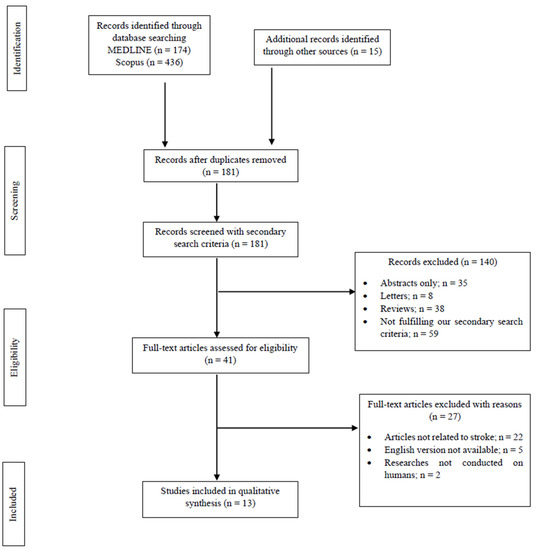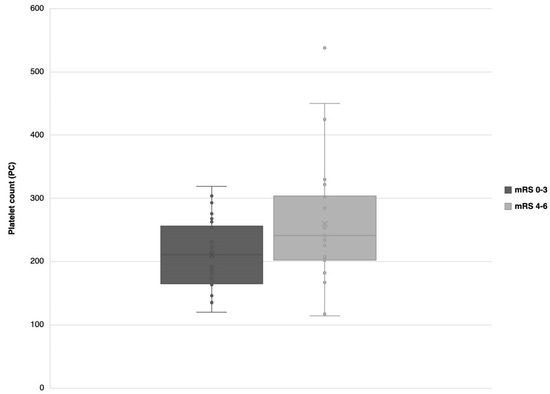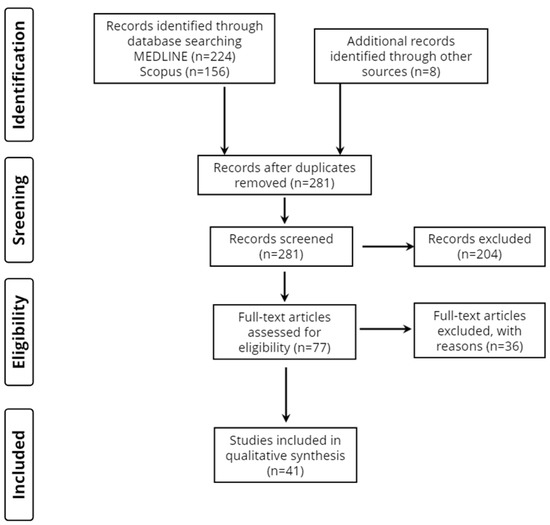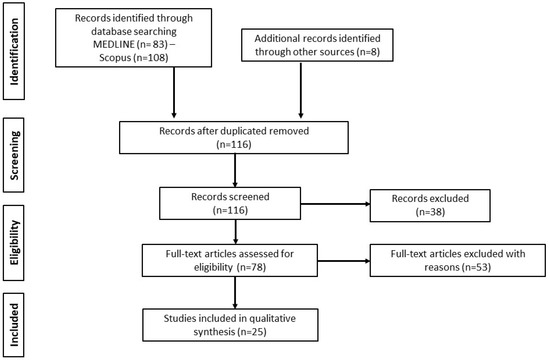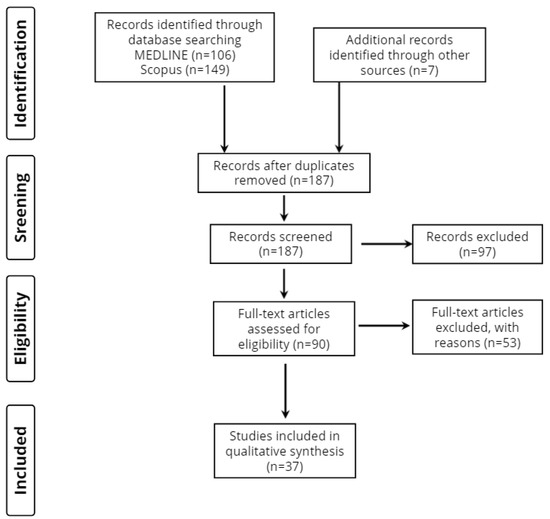Biomarkers in Stroke Prognosis
A topical collection in Neurology International (ISSN 2035-8377). This collection belongs to the section "Movement Disorders and Neurodegenerative Diseases".
Viewed by 32944Editors
Interests: epilepsy; clinical neurophysiology; stroke; neuromuscular disorders
Special Issues, Collections and Topics in MDPI journals
Topical Collection Information
Dear Colleagues,
Stroke represents not only the second leading cause of death, but also the principal source of acquired disability, with considerable negative long-term impacts on functional independence and quality of life for stroke survivors. Prognostic uncertainties are common, resulting in a growing interest in establishing stroke recovery biomarkers. Ideally, prognostic biomarkers should hold high sensitivity and specificity, enabling the appropriate management of health-care resources and individualization of rehabilitation treatments. Given the complexity and heterogeneity of stroke pathophysiology, it is obvious that a single biomarker cannot give us all the answers we seek.
This Topical Collection aims to cover the newest advancements in the field of stroke recovery biomarkers, and invites authors to contribute original studies, reviews, meta-analyses, and related case reports regarding blood, neuroimaging, neurosonological, neurophysiological, and biomechanical biomarkers that depict underlying mechanisms of disease, provide insight into pathogenesis of functional deficits in stroke survivors, as well as compensatory mechanisms on a microstructural level, assess corticospinal tract integrity and brain connectivity and characterize post-stroke recovery mechanisms for various deficits including motor, language, and cognition. Studies utilizing machine learning and other types of advanced data analytics techniques attempting to construct stroke prognosis algorithms are also welcomed.
Dr. Dimitrios Tsiptsios
Prof. Dr. Konstantinos Vadikolias
Collection Editors
Manuscript Submission Information
Manuscripts should be submitted online at www.mdpi.com by registering and logging in to this website. Once you are registered, click here to go to the submission form. Manuscripts can be submitted until the deadline. All submissions that pass pre-check are peer-reviewed. Accepted papers will be published continuously in the journal (as soon as accepted) and will be listed together on the collection website. Research articles, review articles as well as short communications are invited. For planned papers, a title and short abstract (about 250 words) can be sent to the Editorial Office for assessment.
Submitted manuscripts should not have been published previously, nor be under consideration for publication elsewhere (except conference proceedings papers). All manuscripts are thoroughly refereed through a single-blind peer-review process. A guide for authors and other relevant information for submission of manuscripts is available on the Instructions for Authors page. Neurology International is an international peer-reviewed open access monthly journal published by MDPI.
Please visit the Instructions for Authors page before submitting a manuscript. The Article Processing Charge (APC) for publication in this open access journal is 1800 CHF (Swiss Francs). Submitted papers should be well formatted and use good English. Authors may use MDPI's English editing service prior to publication or during author revisions.
Keywords
- stroke prognosis
- stroke recovery
- prognostic models
- blood biomarkers
- neuroimaging
- advanced computational neuroimaging analyses
- neurophysiology
- neurosonology
- gait analyses
- machine learning









